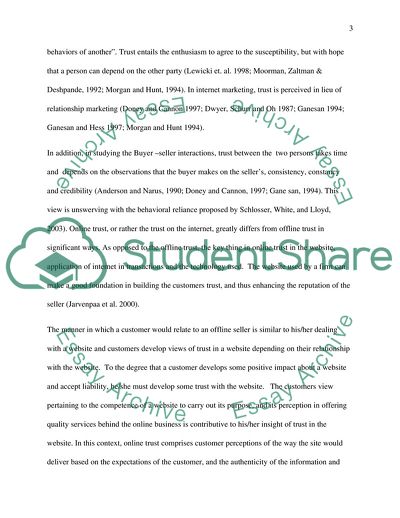Cite this document
(ZAPPOS-the largest online shoe retailer Essay Example | Topics and Well Written Essays - 1500 words, n.d.)
ZAPPOS-the largest online shoe retailer Essay Example | Topics and Well Written Essays - 1500 words. https://studentshare.org/e-commerce/1788818-zappos-the-largest-online-shoe-retailer
ZAPPOS-the largest online shoe retailer Essay Example | Topics and Well Written Essays - 1500 words. https://studentshare.org/e-commerce/1788818-zappos-the-largest-online-shoe-retailer
(ZAPPOS-the Largest Online Shoe Retailer Essay Example | Topics and Well Written Essays - 1500 Words)
ZAPPOS-the Largest Online Shoe Retailer Essay Example | Topics and Well Written Essays - 1500 Words. https://studentshare.org/e-commerce/1788818-zappos-the-largest-online-shoe-retailer.
ZAPPOS-the Largest Online Shoe Retailer Essay Example | Topics and Well Written Essays - 1500 Words. https://studentshare.org/e-commerce/1788818-zappos-the-largest-online-shoe-retailer.
“ZAPPOS-the Largest Online Shoe Retailer Essay Example | Topics and Well Written Essays - 1500 Words”. https://studentshare.org/e-commerce/1788818-zappos-the-largest-online-shoe-retailer.


